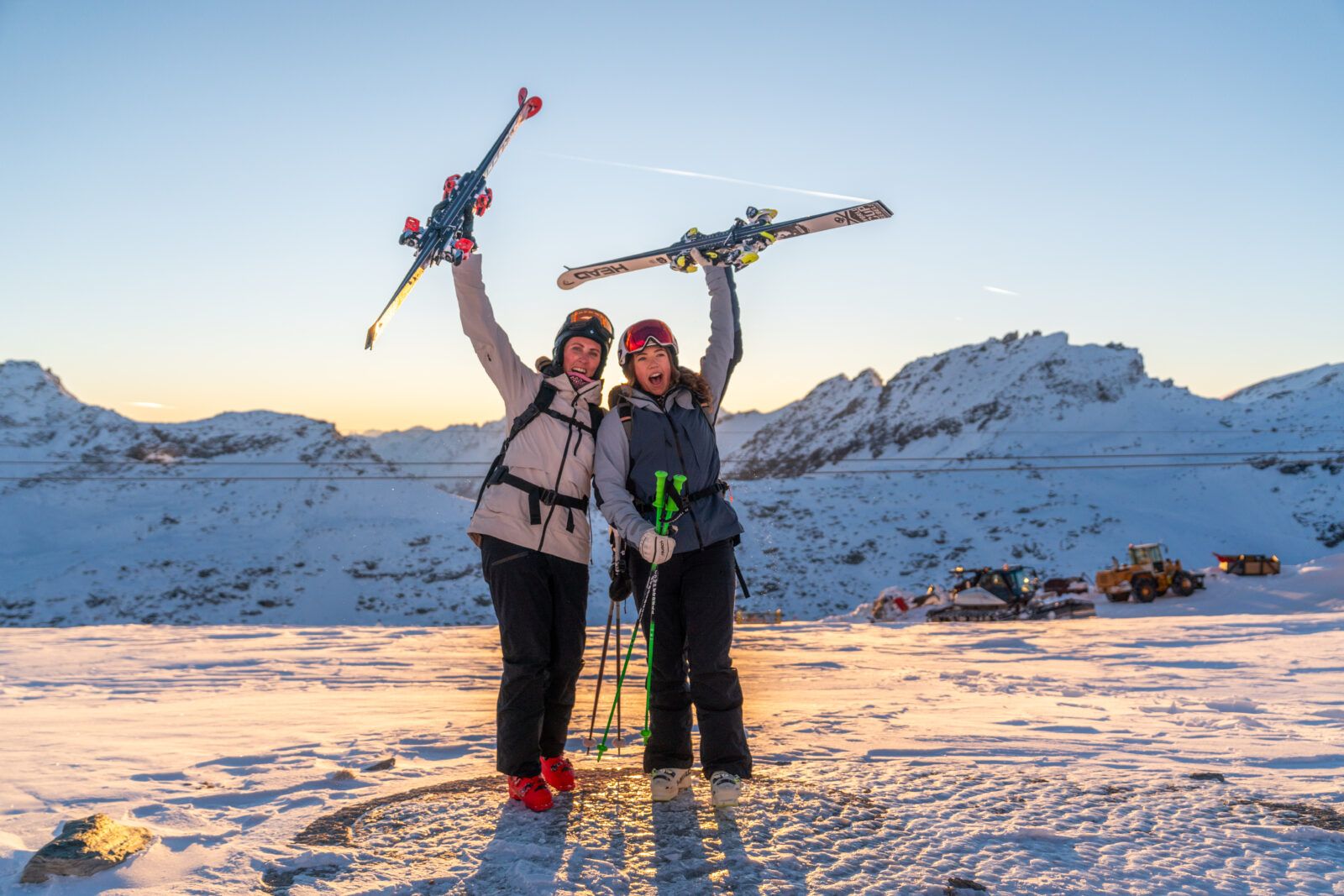Mölltal becomes an open-air museum: art and culture on every corner
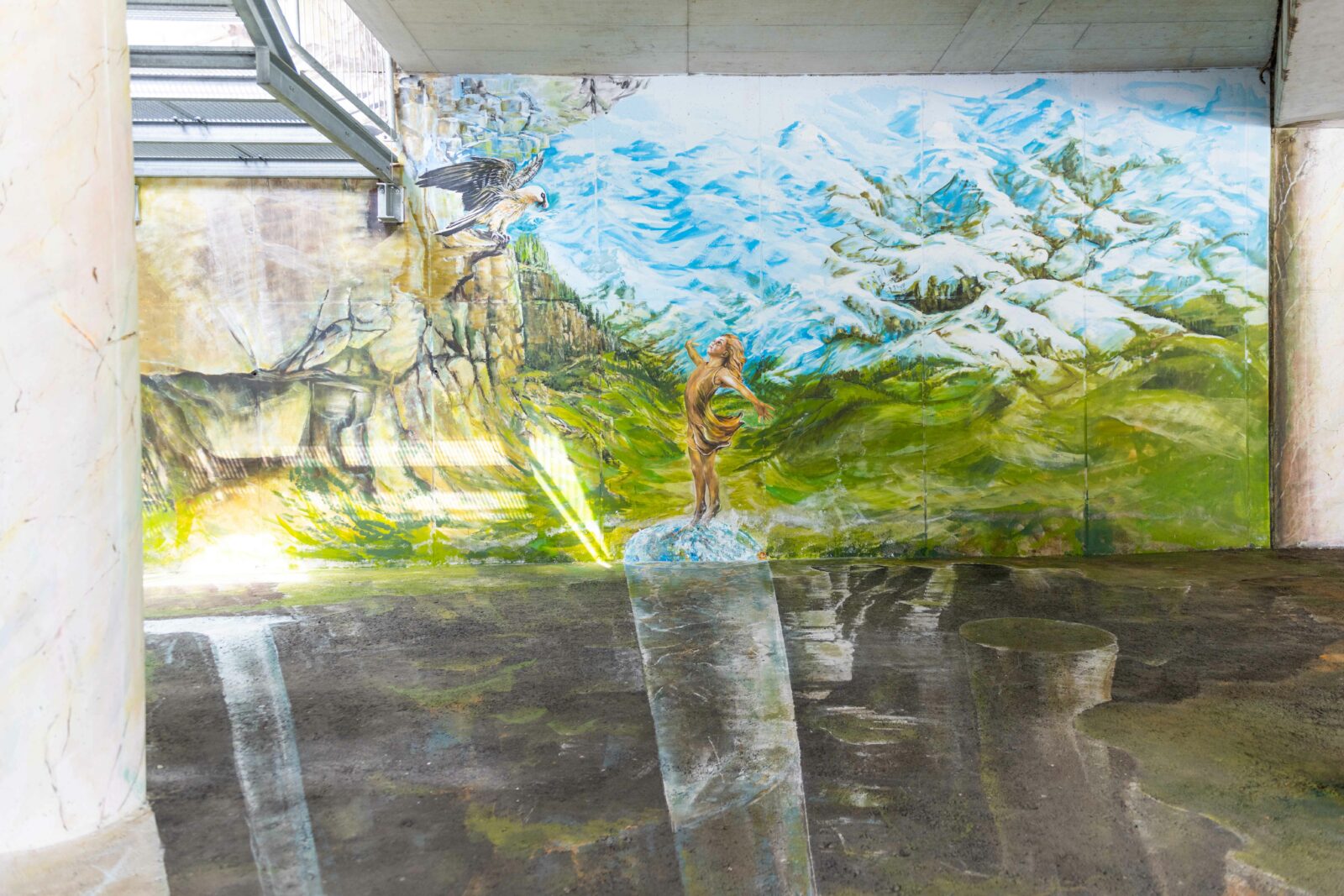
Mölltal is transformed into a unique open-air museum in which international artists decorate the walls of the region's houses with impressive works of art. In the seven partner communities of the Mölltal Tourism Association, the creative diversity and different styles of artists from all over Europe create fascinating art walls. These bring the history and culture of the region to life.
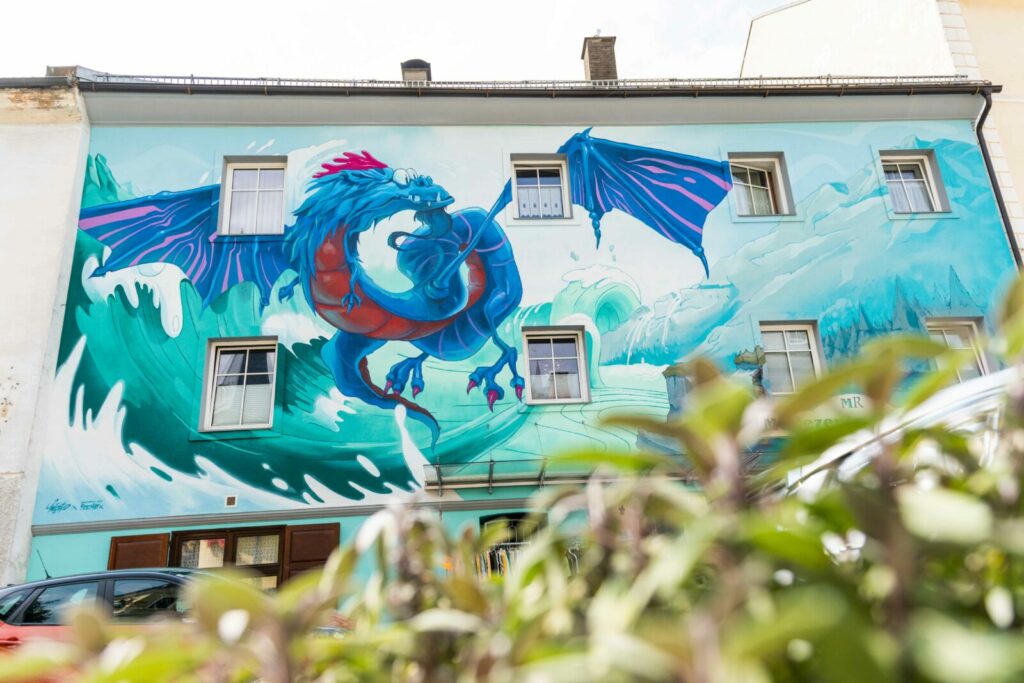
Artistic diversity and cultural connections
The invited artists bring their individual perspectives to the design of the art walls, making each wall a unique link between local history and the cultural diversity of Europe. From historical frescoes to modern graffiti, the works reflect the rich heritage and diverse stories of the Möll Valley.
A living project in transition
New works of art are created every year, transforming the partner communities of the Mölltal into a living narrative. This visual journey through the valley is constantly growing and captivates both locals and visitors alike. Particularly noteworthy are the art walls such as the depiction of the Mallnitz lindworm or the historical frescoes that symbolize the close connection between Obervellach and Freising.
Experience art and culture in Mölltal - in the Hohe Tauern National Park region in Carinthia
Visit the Mölltal and discover the fascinating art walls that transform the region into a living open-air museum. Be inspired by the creative energy and historical stories. Experience how art, history and culture merge together in an impressive way.
EU.art walls - the pictures
Mining in Mölltal / Building: Allianz Agentur Kreiner, Obervellach
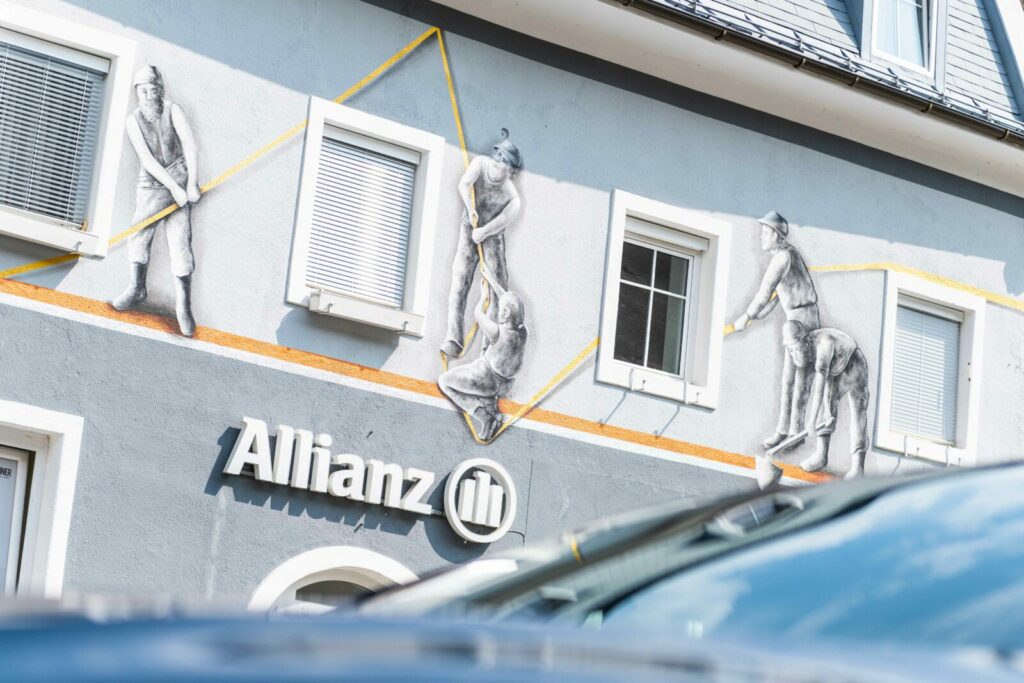
The lines symbolize gold, silver and copper mining and thus the prosperity and wealth of the mining era in Mölltal. The life of the miners was very arduous. The Mölltal miners, who came from all over Europe, settled in the Mölltal. Today there are still many miners from the Mölltal who are in demand throughout Europe as tunnel construction workers.
Artist AKTRICE from Obervellach
The Lindwurm / Building: Mödezentrum Reiter, Obervellach

The combination of the historical narrative and modern graffiti art creates a unique connection and shows great interest! The realization of this work of art also sheds new light on the cultural significance of the Mallnitz Lindwurm and the Carinthian landmark - the Klagenfurt Lindwurm.
Artists: Walter Frisch jun. & FatHeat from Hungary
Coat of arms Obervellach & Freising / Building: Haus Rieser, Obervellach
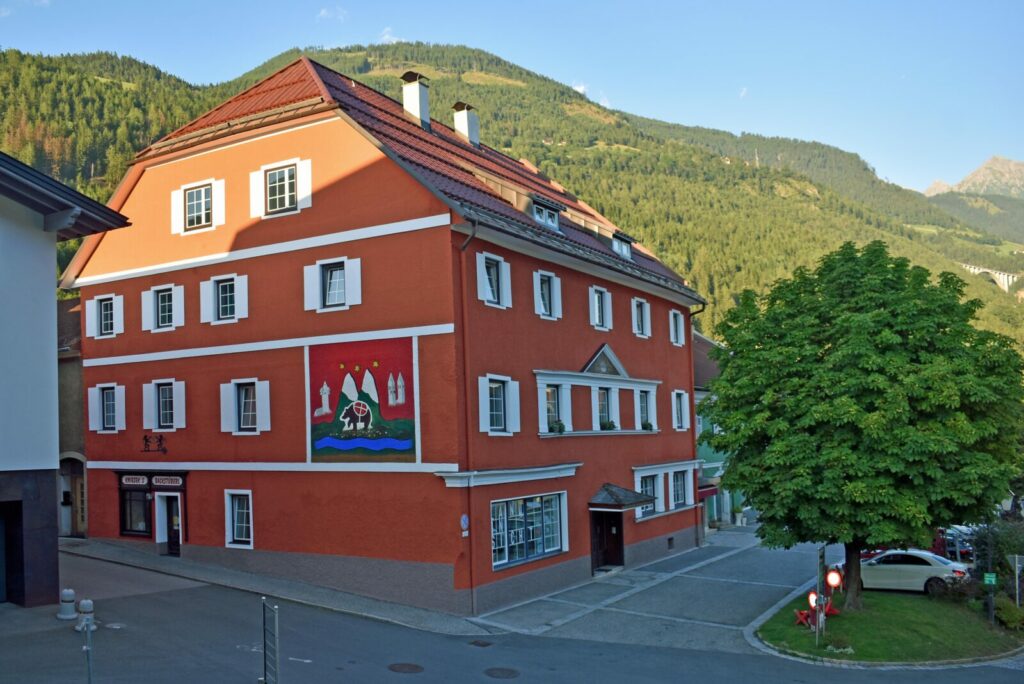
Klemens Baum has combined the two coats of arms (Obervellach and Freising) into one work of art. This is intended to symbolize the friendship and long shared history between Freising and Obervellach, as well as their cooperation even during the mining era. His friend Herbert Meier supported him in his work on the wall.
Obervellach & Freising / Building: Haus Wetzl, Obervellach

The church painter and restorer Bernd Flassak from Freising and his employees Alina & Marco show a historical fresco with the Bishop of Freising, which depicts the restitution of the lands of Obervellach by the Bishop of Freising to the sovereign of the region. The town twinning between Obervellach and Freising celebrated its 60th anniversary in 2023. The intertwined flags (red and white for Freising and blue and white for Obervellach) symbolize this close friendship.
Mountain life / Building: Warehouse tower, Obervellach
You are currently viewing a placeholder content from YouTube. To access the actual content, click the button below. Please note that doing so will share data with third-party providers.
More InformationOn the east-facing wall, Mölltal-born Raphael Pesentheiner captures the image of the Glockner muleteers, who once carried loads on the backs of their pack animals over the majestic peaks of the Großglockner. The transition to the north-facing wall shows the tireless work of the farmers on the steep slopes of the Mölltal. Below this scene, it reveals the hard work of the Mölltal miners in the ore mines and silver and gold mines.
Art & Nature / Building: Mölltal Glacier, Flattach
You are currently viewing a placeholder content from YouTube. To access the actual content, click the button below. Please note that doing so will share data with third-party providers.
More InformationHere, visitors are immersed in a world that combines art and nature in a breathtaking way! This 3D masterpiece stretches over two levels and the Mölltal Glacier Cable Car staircase, depicting a view from a cave of the majestic glacier, the ice-covered mountains and the sparkling snow.
Artists: Gregor Wosik and Daniela Löh
School project / Obervellach school campus
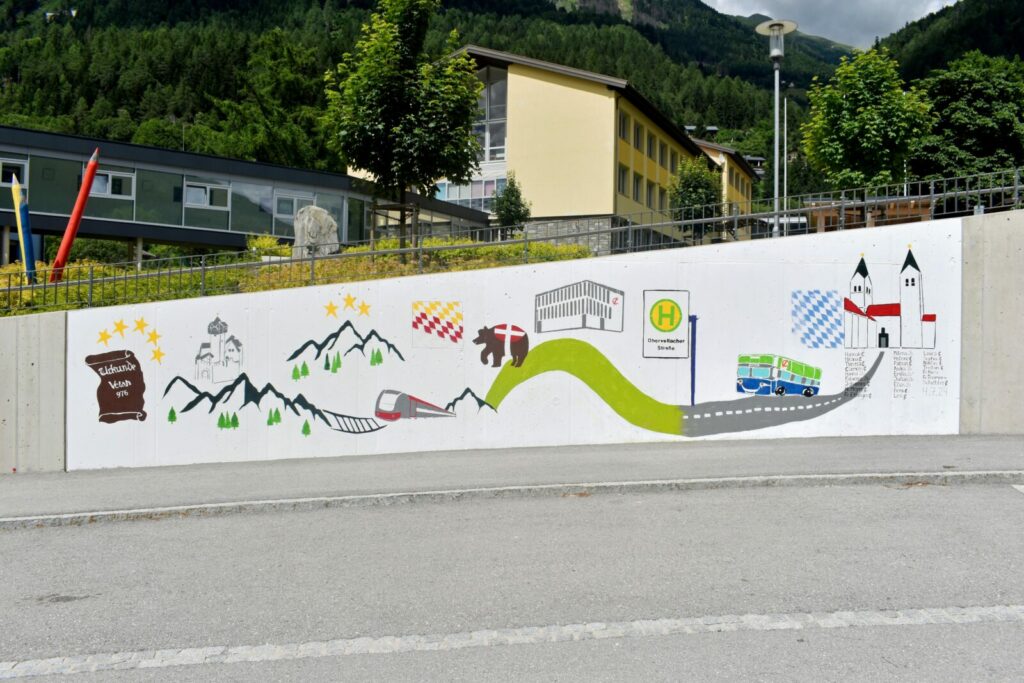
The group of students from Camerloher Gymnasium in Freising joined forces with pupils from the market town of Obervellach to create a wonderful art wall on the Obervellach school campus. The graffiti project symbolizes the connection between Freising and Obervellach and the path to each other.
Important personalities / Obervellach Medical Center
You are currently viewing a placeholder content from YouTube. To access the actual content, click the button below. Please note that doing so will share data with third-party providers.
More InformationLocal artist Günther Rogl depicts the four elements in his work, fused with symbols of important personalities and historical events. Moving downwards, the church clock of St. Martin appears in the fog, symbolizing the past, the present and the future. In the lower part, the Groppenstein gorge is depicted, completing the background scenario. Leonie Steinwender - a young artist supported Günther Rogl in his work.
Shoemaker fresco / Steiner shoe store, Obervellach
You are currently viewing a placeholder content from YouTube. To access the actual content, click the button below. Please note that doing so will share data with third-party providers.
More InformationThe combination of traditional fresco painting and modern interpretation creates an impressive work of art that brings the history and craft of shoemaking to life. Saints Crispinus and Crispinianus, patron saints of the shoemaking trade, are at the center of the depiction and symbolize the historical significance of the profession.
Artist Maja Šubic, assisted by Irena Romih and Jaka Šubic, combines masterful technique with contemporary elements to shed new light on the local craft tradition. With her fresco, she invites the viewer to experience the fusion of historical heritage and modern art in a fascinating way.
Kunstwände in Penk / Gebäude: Fernheizwerk & Alte Post, Penk
You are currently viewing a placeholder content from YouTube. To access the actual content, click the button below. Please note that doing so will share data with third-party providers.
More InformationAm Fernheizwerk Penk widmet sich Salzburger Künstlerin Edith Sulzenbacher der industriellen Vergangenheit des Mölltals. Im Mittelpunkt steht das Teuchltal – Sinnbild des jahrhundertealten Bergbaus, in dem Erz und Edelmetalle aus dem Gestein gewonnen wurden. Zwischen Fragmenten alter Mauern öffnet sich der Blick auf die markanten Berge und Wälder, die einst Holz und Holzkohle für die Schmelzöfen lieferten. Das Gemälde schlägt zugleich den Bogen in die Gegenwart: Die stilisierten Flammen eines Hackschnitzel-Heizkessels verweisen auf die moderne Wärmeversorgung und den Wandel der Region – vom Bergbau zur nachhaltigen Energie.
Auch an der Fassade der „Alten Post“ in Penk lässt Edith Sulzenbacher die Vergangenheit wieder aufleben. Einst Rastplatz für Postkutschen und Bergleute, erzählt das Gebäude nun durch kräftige Bildmotive von Reisen, Begegnungen und Arbeit vergangener Jahrhunderte. Trotz des rauen Putzes, der feine Details erschwert, entfaltet das Werk seine Wirkung aus der Ferne – als kraftvolles Symbol der Erinnerung.
Workshop Freibad Flattach
You are currently viewing a placeholder content from YouTube. To access the actual content, click the button below. Please note that doing so will share data with third-party providers.
More InformationIm Freibad Flattach entstand unter der Leitung der Künstlerin Fredda Wouters ein farbenfrohes Wandbild, das Fantasie, Gemeinschaft und Natur verbindet. Fünf Tage lang verwandelte sich der Eingangsbereich in ein Atelier, in dem sieben Frauen im Alter von elf bis achtundsiebzig Jahren gemeinsam malten, lachten und gestalteten.
Das entstandene Werk öffnet den Blick in die Unterwasserwelt der Möll: Fische ziehen vorbei, Wasserpflanzen bewegen sich in sanften Strömungen, und eine kleine Biene erinnert an die Verletzlichkeit der Natur. So wird das Wandbild zu einem Sinnbild für Lebendigkeit, Vielfalt und das Miteinander von Mensch und Umwelt.
Unter der behutsamen Anleitung von Fredda Wouters wurde der Workshop selbst zu einem Ort der Begegnung – ein gemeinschaftliches Kunstwerk, das Kreativität und Generationen miteinander verbindet.
Atelier und Galerie Aktrice, Obervellach
You are currently viewing a placeholder content from YouTube. To access the actual content, click the button below. Please note that doing so will share data with third-party providers.
More InformationAn der Fassade des Ateliers und der Galerie AKTRICE in Obervellach entstand unter der Leitung von Daniela Löh, Gregor Wosik und Aktrice Edith-Maria Lesnik ein außergewöhnliches 3D-Kunstwerk, das Realität und Illusion miteinander verschmelzen lässt. Die Idee stammt von Aktrice und wurde im kreativen Austausch mit den international renommierten 3D-Künstlern weiterentwickelt.
Das großflächige Wandbild verwandelt die Hausfassade in ein Tor zu einer leuchtenden Kunstwelt. In intensiven Farben und räumlicher Tiefe entfaltet sich eine Hommage an die Vielfalt der Mölltaler Kunst – von Malerei, Literatur und Film über Musik und Theater bis hin zu Architektur und Installationskunst.
Besonders eindrucksvoll zeigt sich das Werk in der Dämmerung: Durch den Einsatz von Leuchtfarben und gezielter Beleuchtung scheint das Gemälde zum Leben zu erwachen. So wird die Wand selbst zu einem Symbol für Kreativität, Wandel und die grenzenlose Kraft der Kunst.
Gasthaus Reichhold, Stall
You are currently viewing a placeholder content from YouTube. To access the actual content, click the button below. Please note that doing so will share data with third-party providers.
More InformationAm Nebengebäude des Gasthauses Reichhold in Stall entstand unter der Leitung der 3D-Künstlerin Marion Ruthardt ein beeindruckendes Wandgemälde, das Geschichte und Illusion miteinander verbindet. Das Werk führt in die Welt der Bergbauern, die einst die steilen Hänge bestellten, das Heu ins Tal brachten und im Einklang mit der Natur lebten.
Mit meisterhaftem Gespür für Perspektive und Licht erschuf Ruthardt eine Szenerie, die zum Eintreten einlädt: Wiesen, Wasser und ein Ziegenstall wirken so real, dass die Grenze zwischen Malerei und Wirklichkeit zu verschwimmen scheint. Wer davorsteht, wird Teil der Darstellung – ein Moment, in dem das Bild zu leben beginnt.
Das Kunstwerk ist zugleich Hommage und Erinnerung – an die Arbeit und das Leben jener Menschen, die das Mölltal geprägt haben, und an die Natur, die sie umgibt. So wurde in Stall ein Ort geschaffen, an dem Kunst Geschichte erzählt und Staunen wieder möglich macht.
Info hotline
+43 4824 2700
You are currently viewing a placeholder content from Default. To access the actual content, click the button below. Please note that doing so will share data with third-party providers.
More Information

